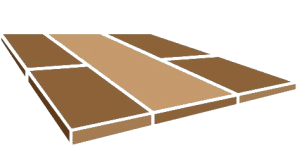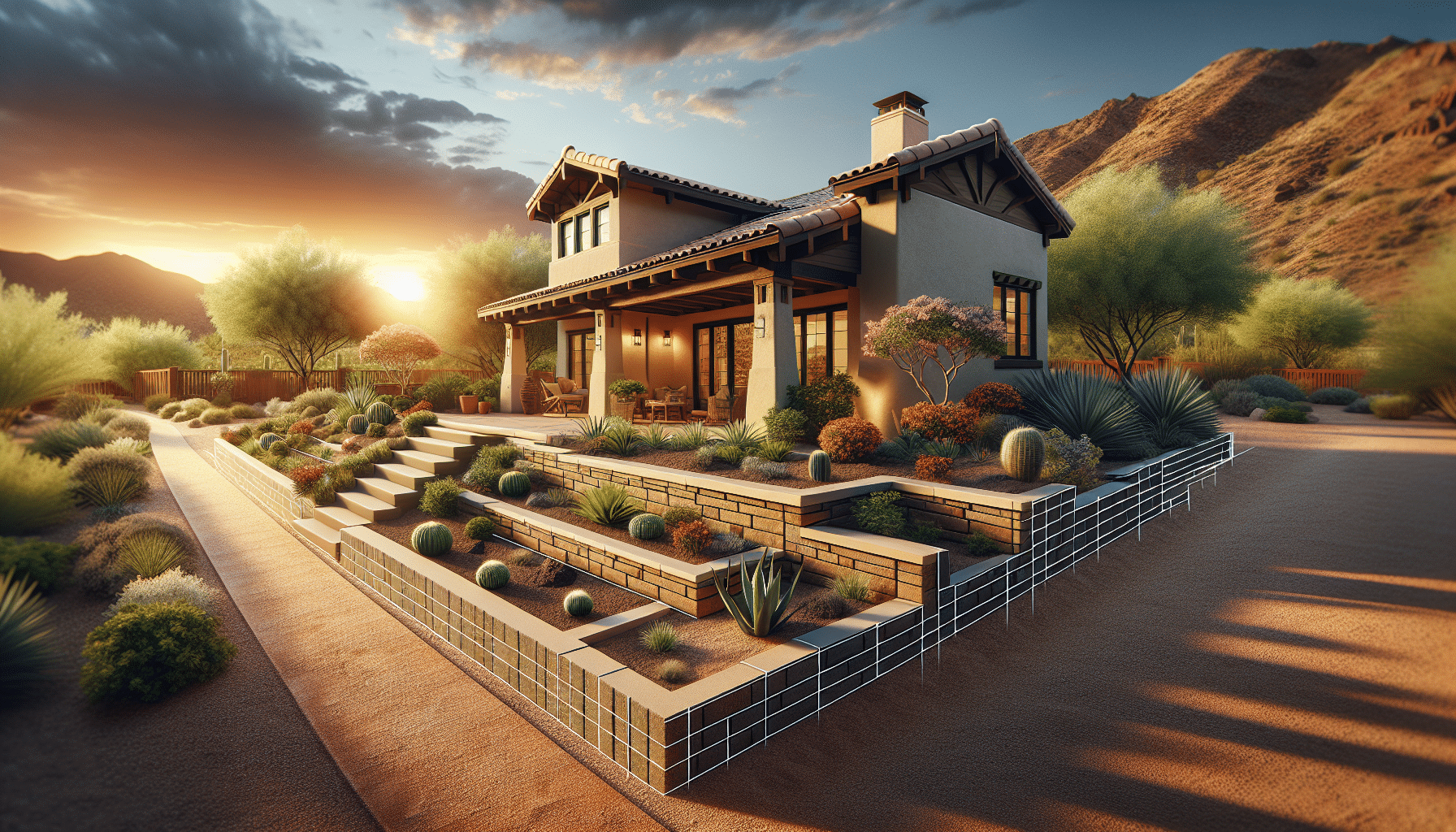At Gilbert Paver Company, we know retaining walls are both practical and beautiful solutions for your landscape. However, when you’re doing it on your own, things may get tricky. Are you ready to transform your outdoor space with a stunning DIY Retaining Wall? Don’t worry; we’ve got the essential tips to ensure your project is a success, turning complicated steps into a fun and inviting experience.
Contents
- 1 Understanding the Purpose of Retaining Walls
- 2 Choosing the Right Materials
- 3 Determining the Perfect Location
- 4 Design Basics: Keep It Simple
- 5 Gathering Essential Tools and Materials
- 6 Preparing the Foundation
- 7 Layering and Stacking Techniques
- 8 Incorporating Drainage Solutions
- 9 Adding Finishing Touches
- 10 Conclusion: Review and Admire
Understanding the Purpose of Retaining Walls
Retaining walls are excellent architectural features, providing both form and function. They transform sloped landscapes into levels while preventing erosion and controlling water flow. You might also use them to create garden beds or even seating areas. With many benefits, these structures not only boost the aesthetic appeal of your outdoor space but also enhance its usability.
Indeed, retaining walls are a testament to clever design. Whether you want to create a dramatic focal point or support a terrace, understanding their purpose is the first step toward constructing your own. Knowing what you aim to achieve will guide your design decisions and help you select the right materials, dimensions, and location.
Choosing the Right Materials
Picking the perfect material for your wall is where all the fun begins. Your choice could range from natural stone to interlocking concrete blocks. Consider the style and function as you make your decision because each material brings its own charm and technical attributes.
For instance, natural stone offers an organic, timeless appeal—perfect for a rustic or traditional look. On the other hand, interlocking blocks offer durability and ease of installation, enabling modern and sleek designs. Take your time to explore different options and envision how these will complement your existing landscape and architecture.
Determining the Perfect Location
The beauty of a retaining wall lies not only in its structure but also in its placement. Finding the ideal spot is crucial since it affects the wall’s effectiveness and your yard’s layout. Look for areas that require slope management or zones that need an aesthetic touch-up.
Keep in mind the flow of wind and water. You don’t want to inadvertently redirect water toward your home, so understanding the natural drainage pattern will prevent issues down the line. Moreover, selecting a location that enhances your yard’s functionality will also add value to your property.
Design Basics: Keep It Simple
When designing your retaining wall, simplicity is your best ally. Overcomplicating designs can lead to unwanted challenges, especially for beginners. Start with straightforward shapes like lines or gentle curves, which are not only easier to build but also universally elegant.
Remember, boring is not synonymous with simple. You can add character by varying the height or incorporating planter boxes without complicating the structure. As your confidence grows, experiment with more intricate designs or additional decorative elements.
Gathering Essential Tools and Materials
Before you start digging, it’s essential to gather all the necessary tools and materials. Preparation is key to avoiding project stalls and allowing you to focus solely on the building process. Here’s a list of items you’ll need:
- Measuring Tape: Accurate measurements are vital. Measure twice to ensure everything aligns perfectly.
- Shovel and Trowel: Essential for digging and sculpting the foundation of your wall.
- Level: Guarantees each layer of your wall stays straight, ensuring stability and visual appeal.
- Wheelbarrow: Useful for moving heavy materials like stones or soil effortlessly.
- Compactor: Ensures the soil and layers are well-settled and compact, enhancing the wall’s integrity.
Preparing the Foundation
A robust foundation is the secret to a durable retaining wall. Begin by marking the layout using stakes and a string line, creating a guide for your dig. Generally, the trench should be about a quarter of your wall’s height and just a bit wider than the base blocks.
Ensure the foundation is smooth and level, as this prevents future instability. Lay a paver base or gravel to facilitate drainage and compaction. By properly preparing the foundation, you set the stage for a successful build and eliminate potential structural issues.
Layering and Stacking Techniques
The art of stacking is where your retaining wall truly takes form. Begin by carefully placing your first layer on the prepared base, checking for level alignment as you go. Employ a staggered pattern for added strength and stability.
Avoid stacking too quickly; rushing increases the chance of errors. Instead, focus on perfecting each layer, so that it locks securely with the previous one. When done correctly, layering not only strengthens your wall but shapes an impressive structure that stands the test of time.
Incorporating Drainage Solutions
Effective drainage is a critical component of retaining wall construction. Without it, water buildup can compromise the wall’s integrity, leading to failure. Gravel backfill along with perforated pipes redirects water away from your structure.
When incorporating drainage systems, ensure they are strategically placed and appropriately sloped to facilitate water movement. Effective drainage extends the wall’s life and prevents costly repairs in the future.
Adding Finishing Touches
Once your wall reaches its desired height, it’s time for the fun bits—finishing touches! Consider capping the top with stones or bricks for a polished appearance. Or let your creativity shine by incorporating plants, lights, or garden seating.
Adding these elements turns your functional retaining wall into a landscape masterpiece. A few thoughtful details personalize the structure and harmonize it with your outdoor living space, making visitors linger and admire your craftsmanship.
Conclusion: Review and Admire
Congratulations, you’ve built a retaining wall! It’s time to step back, admire your handiwork, and ensure everything is in place. Keep an eye out for signs of settling and address these early to maintain the wall’s appearance and function.
Ready to tackle your outdoor projects with confidence? If DIY feels daunting or you’re seeking advice, call us at 480-534-9680 or Request a Free Quote. We’re here to help transform your vision into reality!




